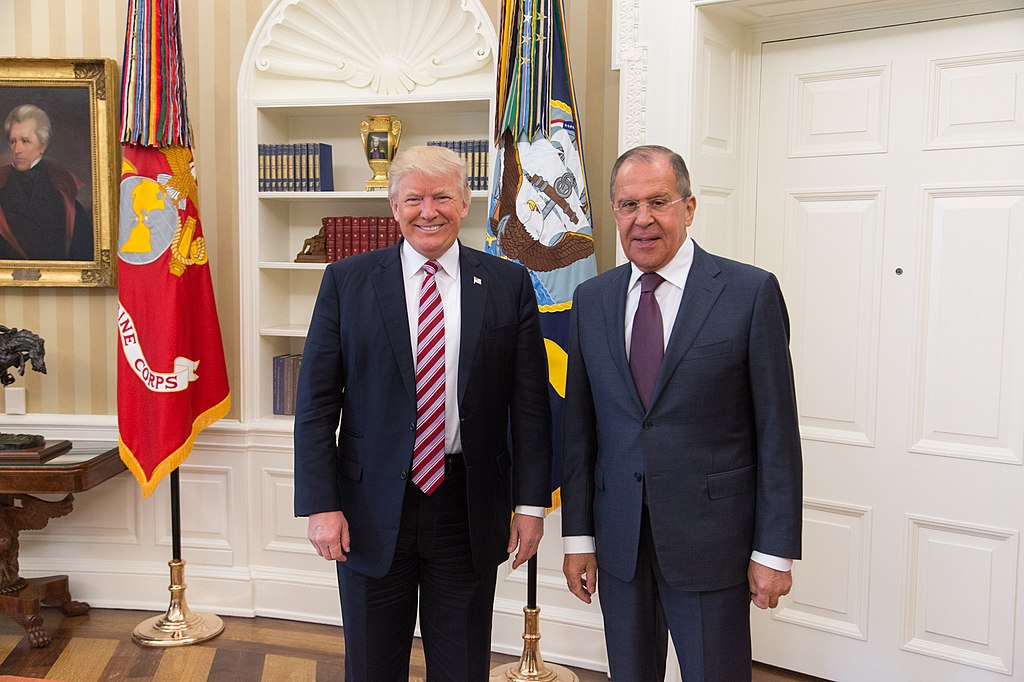Donald Trump is vowing to cut energy costs dramatically in 2025 with an ambitious plan that includes expanding domestic oil and gas production, reviving coal, and ramping up investments in nuclear energy. The proposal has sent shockwaves through the energy sector and ignited debates across the country, with experts and citizens weighing in on the potential impacts on the economy and environment.
Expanding Fossil Fuel Production and Nuclear Power
A cornerstone of Trump’s strategy is revitalizing domestic fossil fuel production. His administration plans to lift regulations on oil drilling, approve new natural gas pipelines, and encourage coal mining. Officials argue that increasing the supply of affordable energy will ease the financial burden on American households while boosting the economy.
“We’re putting America first by making energy affordable and reliable,” said a senior Trump administration official. Supporters of the plan highlight its potential to create jobs and strengthen energy independence. However, critics warn that prioritizing fossil fuels could undermine global efforts to combat climate change.
Trump’s energy agenda also includes a significant focus on nuclear power. The administration has pledged to invest in modernizing aging nuclear plants and developing advanced reactors. Experts believe this could diversify the energy mix and reduce reliance on carbon-heavy fuels, though challenges such as waste management and public opposition remain.
Deregulation and Renewable Energy Concerns
Trump’s energy plan relies heavily on deregulation, with promises to roll back environmental rules that limit energy production. The administration argues that reducing regulatory burdens will lower production costs and pass savings on to consumers. However, environmental advocates fear these measures could harm ecosystems and accelerate pollution.
Renewable energy advocates have also criticized the plan for its limited focus on solar, wind, and other sustainable energy sources. While the administration has not entirely dismissed renewables, Trump’s emphasis on fossil fuels and nuclear energy has drawn skepticism from green energy supporters.
“Investing in outdated energy sources is a step backward,” said Maria Lopez, a clean energy activist. “We need bold action to transition to a sustainable future.”
Netizens React to Trump’s Energy Agenda
Trump’s energy plan has sparked passionate reactions online, with opinions sharply divided. User @EnergyForAll tweeted, “Finally, a president who understands the importance of affordable energy! This is what America needs.” Meanwhile, @ClimateActionNow argued, “Trump’s plan sacrifices the planet for short-term gains. We need to prioritize renewable energy, not fossil fuels.”
Others debated the focus on nuclear energy. “Investing in nuclear is smart—it’s clean and reliable,” wrote @NuclearPower2025. On the other hand, @SafeEnergyAdvocate warned, “Nuclear waste and safety risks make this a dangerous gamble.”
The deregulation aspect also drew mixed reactions. “Cutting red tape will lower costs for everyone,” tweeted @ProEnergyReform. However, @EcoJusticeNow countered, “Deregulation will lead to environmental disasters. We can’t afford to ignore the consequences.”
Challenges and the Road Ahead
Trump’s energy plan faces significant hurdles, including legal challenges and opposition from environmental groups. As the nation grapples with rising energy costs, the debate over the balance between affordability and sustainability will likely intensify in the coming months.



 Trump Administration Reviews Nvidia H200 Chip Sales to China, Marking Major Shift in U.S. AI Export Policy
Trump Administration Reviews Nvidia H200 Chip Sales to China, Marking Major Shift in U.S. AI Export Policy  Kennedy Center Reportedly Renamed Trump-Kennedy Center After Board Vote
Kennedy Center Reportedly Renamed Trump-Kennedy Center After Board Vote  U.S. Initiates $11.1 Billion Arms Sale to Taiwan Amid Rising China Tensions
U.S. Initiates $11.1 Billion Arms Sale to Taiwan Amid Rising China Tensions  U.S. House Advances GOP Healthcare Bill as ACA Subsidies Near Expiration
U.S. House Advances GOP Healthcare Bill as ACA Subsidies Near Expiration  UN Warns Gaza Humanitarian Aid at Risk as Israel Registration Rules Threaten NGO Operations
UN Warns Gaza Humanitarian Aid at Risk as Israel Registration Rules Threaten NGO Operations  Argentina Unions Rally Against Milei’s Labor Reform as Congress Debates Key Bill
Argentina Unions Rally Against Milei’s Labor Reform as Congress Debates Key Bill  Trump Attends Dover Ceremony Honoring U.S. Personnel Killed in Syria
Trump Attends Dover Ceremony Honoring U.S. Personnel Killed in Syria  EU Delays Mercosur Free Trade Agreement Signing Amid Ukraine War Funding Talks
EU Delays Mercosur Free Trade Agreement Signing Amid Ukraine War Funding Talks  U.S. Senators Move Toward Deal to Strengthen Military Helicopter Safety Rules
U.S. Senators Move Toward Deal to Strengthen Military Helicopter Safety Rules  Honduras Election Recount Delayed Amid Protests and Political Tensions
Honduras Election Recount Delayed Amid Protests and Political Tensions  Italy Supreme Court Upholds Salvini Acquittal in Migrant Kidnapping Case
Italy Supreme Court Upholds Salvini Acquittal in Migrant Kidnapping Case  Trump Signs Order to Ease Federal Marijuana Rules, Signaling Major Policy Shift
Trump Signs Order to Ease Federal Marijuana Rules, Signaling Major Policy Shift  Federal Appeals Court Allows Trump’s National Guard Deployment in Washington, D.C. to Continue
Federal Appeals Court Allows Trump’s National Guard Deployment in Washington, D.C. to Continue  Canada Signals Delay in US Tariff Deal as Talks Shift to USMCA Review
Canada Signals Delay in US Tariff Deal as Talks Shift to USMCA Review  Venezuela Seeks UN Security Council Meeting Over U.S. Oil Tanker Blockade
Venezuela Seeks UN Security Council Meeting Over U.S. Oil Tanker Blockade  U.S.-Russia Talks in Miami Raise Hopes for Potential Ukraine War Deal
U.S.-Russia Talks in Miami Raise Hopes for Potential Ukraine War Deal  Trump Announces $1,776 Cash Bonus for U.S. Military Personnel Ahead of Christmas
Trump Announces $1,776 Cash Bonus for U.S. Military Personnel Ahead of Christmas 































